
When comparing Indeed vs LinkedIn, it’s clear that both platforms serve different — yet complementary — purposes in the hiring process.
While Indeed functions primarily as a job search engine, LinkedIn is a professional networking platform that combines social interaction with recruitment tools.
Below is a quick breakdown of how LinkedIn vs Indeed differ in purpose, job types, application process, networking, and pricing.

Indeed vs. LinkedIn: Key Differences at a Glance
1. Primary Purpose
- Indeed is built as a job search engine that aggregates listings from thousands of websites, making it ideal for active job seekers.
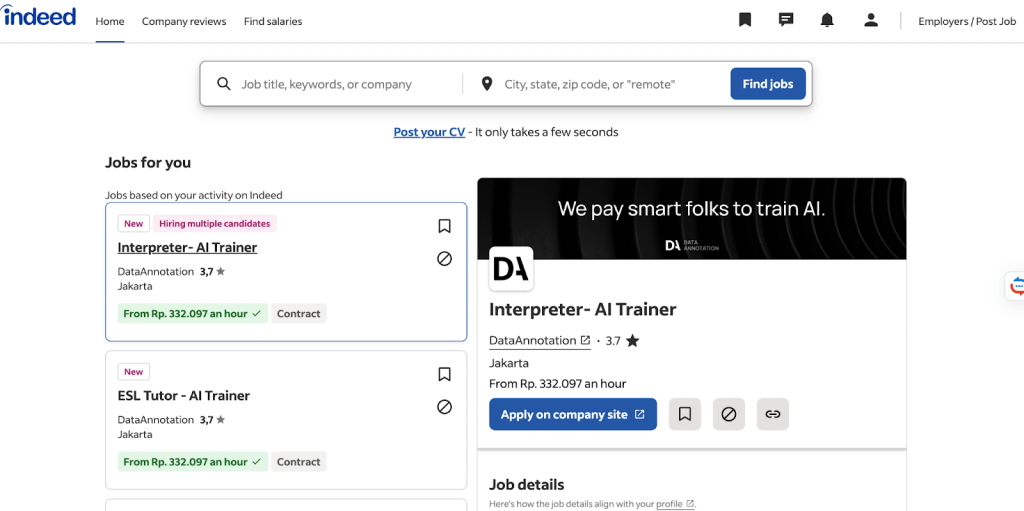
- LinkedIn, in contrast, is a professional network where users can apply for LinkedIn jobs, connect with employers, and grow their personal brand.
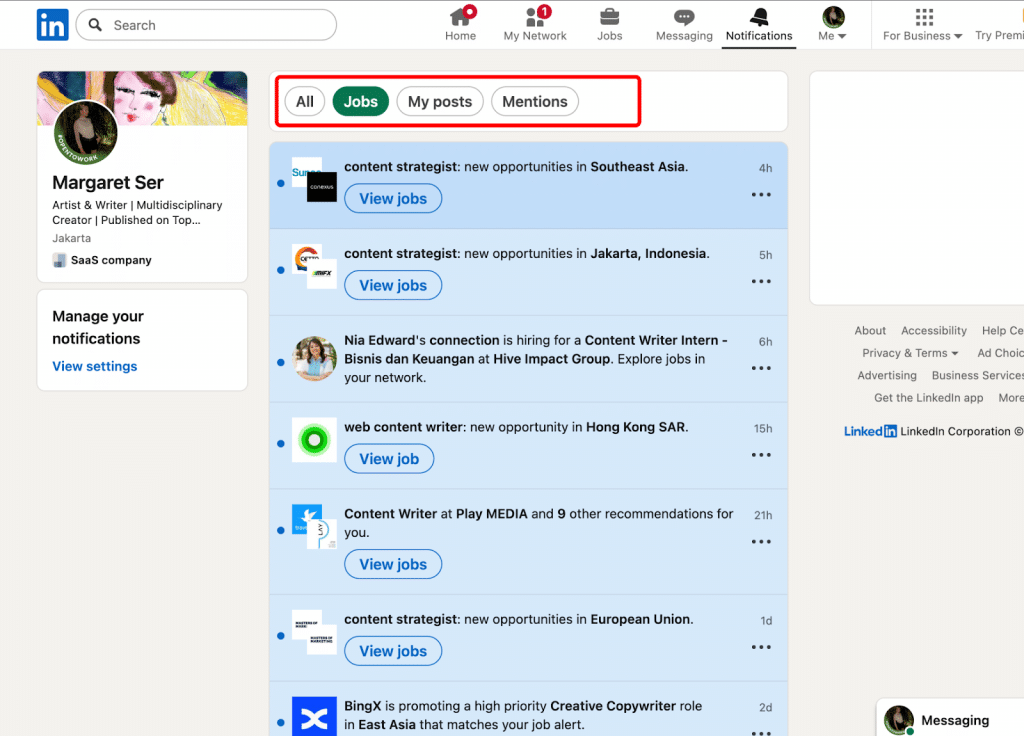
2. Job Types
- Indeed covers a broad spectrum of roles, from entry-level and blue-collar positions to senior management.

- LinkedIn jobs are typically white-collar, professional, and office-based roles — ideal for career progression and long-term growth.

3. Application Process
When comparing Indeed vs LinkedIn for job search, the difference in how you apply is crucial:
- On Indeed, most job listings include a “Apply on company site” button that redirects candidates to the employer’s website.
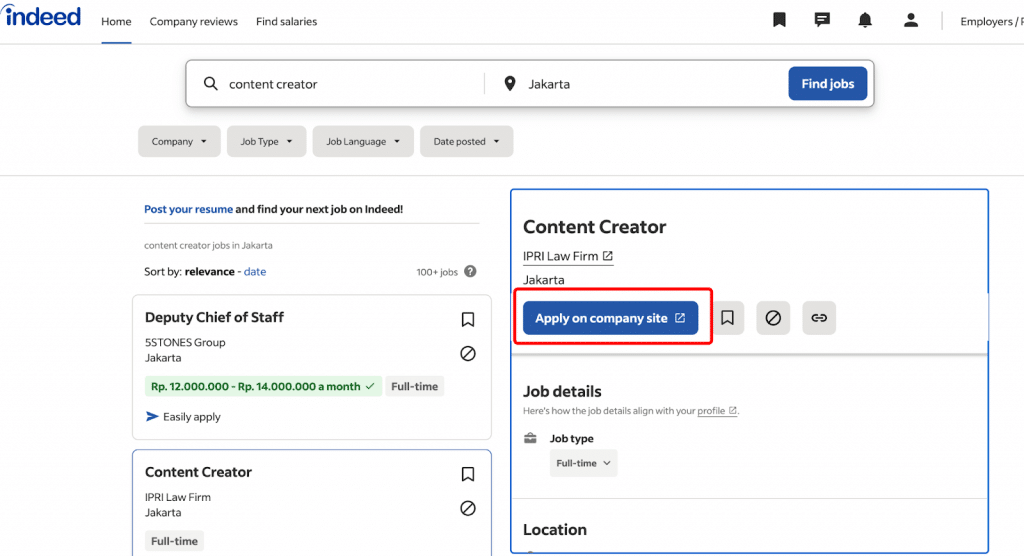
- Some listings offer “Easily apply” directly through Indeed, allowing candidates to submit résumés quickly.

- On LinkedIn, the “Easy Apply” feature uses your LinkedIn profile data — including experience, skills, and recommendations — and can automatically attach your uploaded résumé.
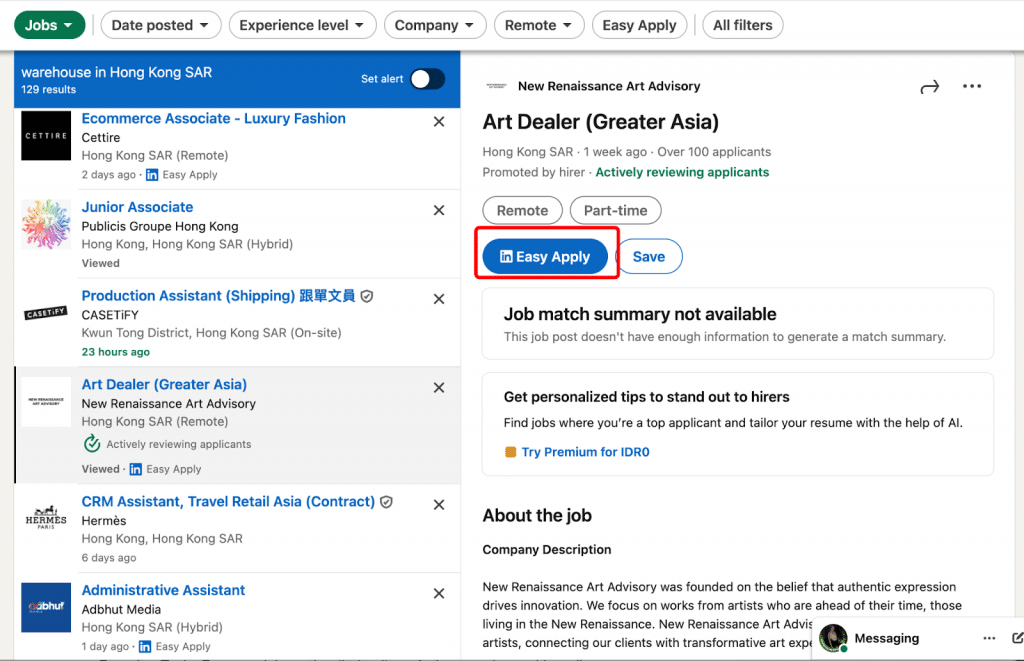
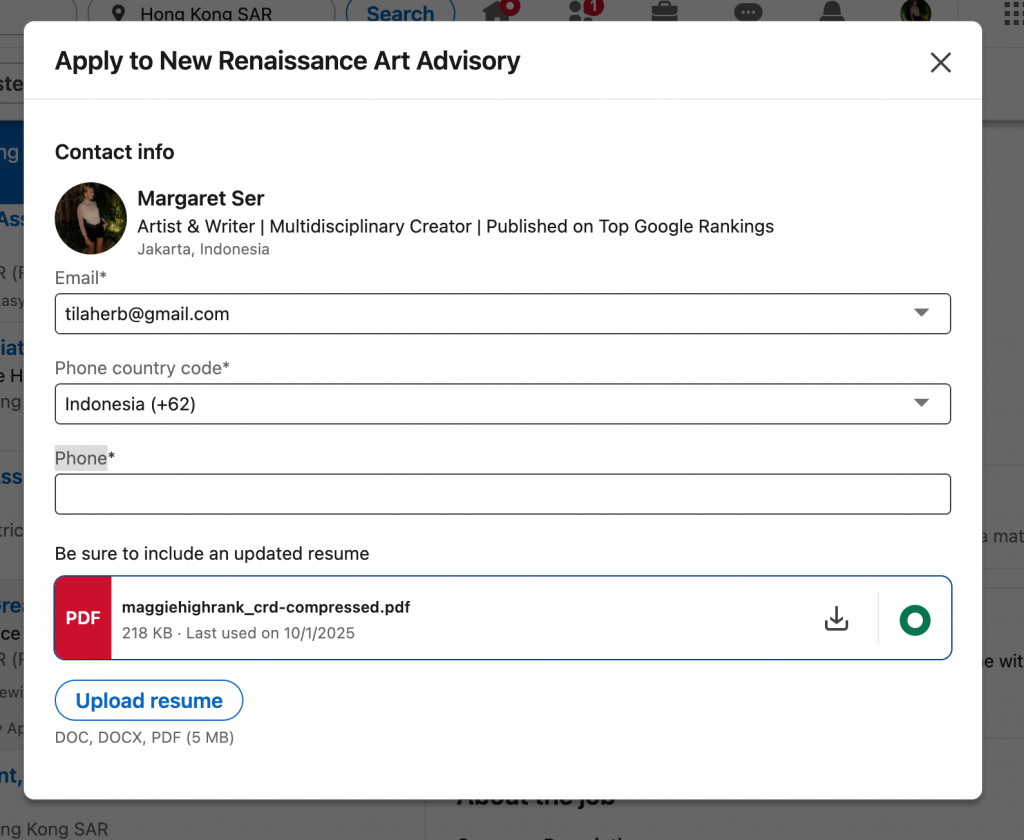
4. Networking Opportunities
This is where LinkedIn vs Indeed shows the biggest gap:
- Indeed has no networking or social features — it’s purely transactional.
- LinkedIn is built around connections, allowing you to engage with industry peers, follow companies, and share posts to strengthen your visibility.

5. Recruiter Tools
- Indeed focuses on job posting and visibility, helping employers reach a wide pool of applicants.

- LinkedIn offers advanced recruiter tools — including LinkedIn Recruiter, Talent Insights, and employer branding options — for active candidate sourcing and relationship building.
6. Cost Model
When it comes to Indeed vs LinkedIn jobs, the cost structure for employers is a key distinction:
Indeed Pricing
- Free job posts are available but have limited visibility over time.
- Sponsored job posts use a performance-based model, where employers pay per click or per application.
- Budgets start from around $5/day or $150/month.
- Jobs remain live until paused, giving full budget control.
- Ideal for quick applicant flow and flexible spending.
✅ In short: Free to post, pay to boost — Indeed’s cost model revolves around visibility and performance.
- Budgets start from around $5/day or $150/month.
LinkedIn Pricing
- Free job posts are available, but limited to one active listing per account.
- Promoted job posts get 3x more qualified applicants and appear higher in search results.
- They include mobile alerts, smart recommendations, and priority placement in job searches.
- They include mobile alerts, smart recommendations, and priority placement in job searches.
- Search and staffing companies must use Promoted Job Posts or Job Slots, ensuring fair visibility for candidates.
For Job Seekers: Which Platform is Better for Your Job Search?
Deciding between Indeed vs LinkedIn can change how fast — and how well — you find your next role.
This short indeed vs linkedin job search comparison explains the practical differences so you can choose where to focus your time: use Indeed for volume, speed, and broad listings, or LinkedIn when networking, personal branding, and targeting professional roles matter most.
If you’re still asking “LinkedIn vs Indeed for job search — indeed vs linkedin which is better?”, this section breaks down LinkedIn vs Indeed job search comparison and indeed vs linkedin job search effectiveness so you can act strategically.
1. Volume and Variety of Job Postings
Hiring on LinkedIn, by Industry — February 2025
(Indexed to 2016 = 100)
| Industry | Feb-25 | MoM % Change | YoY % Change |
| Accommodation and Food Services | 97 % | +3.2 % | +2.4 % |
| Administrative and Support Services | 85 % | +6.5 % | −3.2 % |
| Construction | 119 % | −0.7 % | −5.3 % |
| Consumer Services | 115 % | +1.6 % | −1.7 % |
| Education | 116 % | +3.2 % | −0.1 % |
| Entertainment Providers | 88 % | +3.6 % | −6.7 % |
| Farming, Ranching, Forestry | 102 % | +6.1 % | −7.9 % |
| Financial Services | 102 % | +0.9 % | +3.5 % |
| Government Administration | 100 % | −6.4 % | −13.6 % |
| Holding Companies | 66 % | −10.3 % | −17.1 % |
| Hospitals and Health Care | 109 % | −0.4 % | −5.8 % |
| Manufacturing | 84 % | 0.0 % | −10.4 % |
| Oil, Gas, and Mining | 85 % | +6.8 % | −7.9 % |
| Professional Services | 88 % | +1.9 % | −2.6 % |
| Real Estate and Equipment Rental Services | 90 % | +4.1 % | −9.7 % |
| Retail | 84 % | +3.1 % | −0.7 % |
| Technology, Information and Media | 88 % | +4.0 % | +1.5 % |
| Transportation, Logistics, Supply Chain and Storage | 103 % | +4.4 % | −1.4 % |
| Utilities | 109 % | −3.1 % | −8.4 % |
| Wholesale | 84 % | +16.5 % | −1.7 % |

If your priority is access to the largest number of job listings, Indeed clearly leads the market.
- Indeed aggregates listings from thousands of company sites and job boards, covering about 45–50% of all online job postings worldwide.
It reaches 96.7% of U.S. online job seekers, and features over 615 million job-seeker profiles, 3.3 million employers, and 27 hires per minute.
(Sources: Indeed company stats, Infigon Futures, BrightData) - LinkedIn, by comparison, hosts around 15.7 million active jobs globally (as of Sept 2025) — but focuses heavily on mid- to senior-level roles in fields like technology, finance, marketing, and consulting.
According to the LinkedIn Workforce Report (March 2025), hiring activity in Technology, Financial Services, and Professional Services sectors remains strongest.
📊 In short:
→ Choose Indeed for volume and variety (including blue- and gray-collar jobs).
→ Choose LinkedIn for targeted professional roles and high-quality opportunities.
2. The Search and Application Process
When it comes to job search experience, the platforms take very different approaches.
- On Indeed, job seekers can apply in seconds with the “Easy Apply” button or follow direct links to company career pages. It’s built for speed and simplicity.
- On LinkedIn, the profile-based application system allows users to apply using their LinkedIn profile as a living résumé. Employers can instantly view recommendations, connections, and activity history.
A study by Breezy HR found that Indeed generated 66% of total applications in their sample, compared to LinkedIn’s 13% — but LinkedIn candidates were more likely to receive interviews.
Average employer response rates:
- Indeed: 20–25%
- LinkedIn: 3–13%, depending on role and region.
📊 In short:
→ Indeed = quick mass applications.
→ LinkedIn = fewer but more meaningful connections and higher interview quality.
3. Creating a Professional Profile vs. a Resume

Your personal representation differs drastically between the two.
- Indeed lets you upload or build a traditional résumé. Employers see static experience, skills, and education — similar to a PDF.
- LinkedIn, on the other hand, is a dynamic career portfolio. Your profile evolves with:
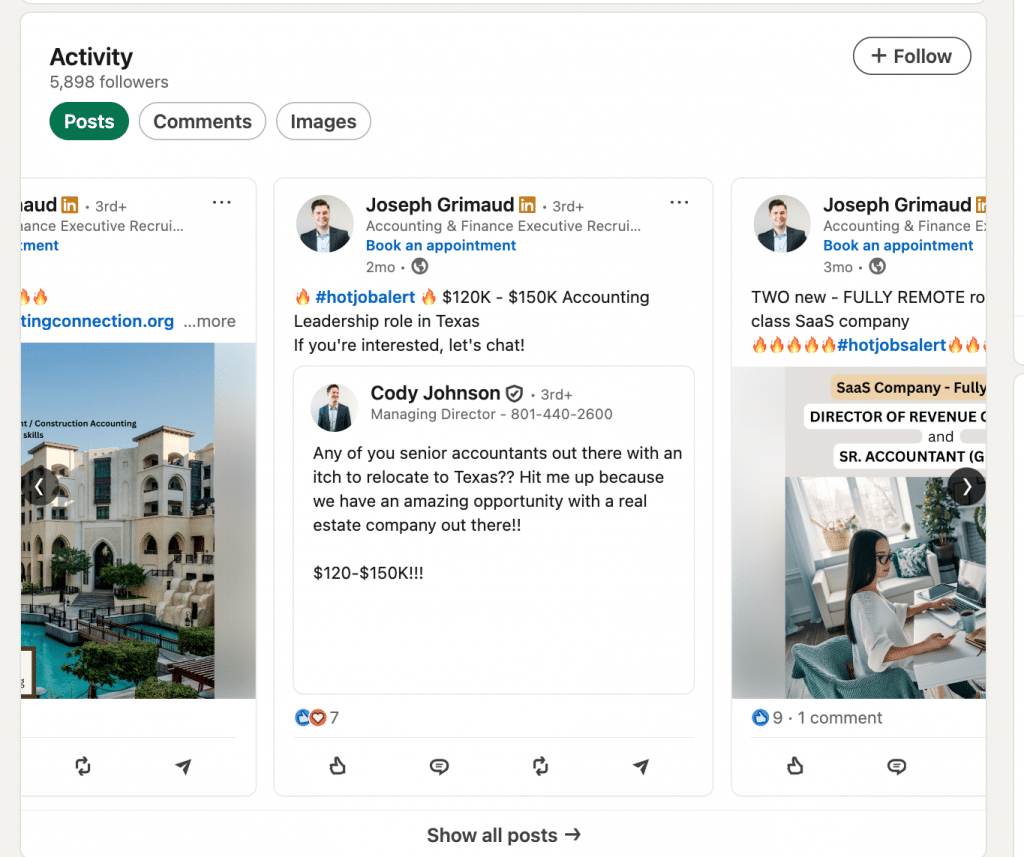
- Recommendations and endorsements
- Posts, articles, and comments
- Links to external projects or media
- Community interactions and achievements
Unlike LinkedIn, Indeed doesn’t allow you to create multiple versions of your resume to appear under different roles or keywords. This means your profile can’t “surface” more often in search results just by diversifying your resume.
As a result, your chances of being noticed (not necessarily selected) are lower compared to platforms where you can tailor and upload several resumes for different job types.
This ongoing visibility makes LinkedIn ideal for career growth and passive recruiting, while Indeed remains the go-to for direct applications.
4. Networking and Career Building
When it comes to networking, LinkedIn wins — hands down.

- You can connect with professionals, follow companies, join niche groups, and engage with content.
Example: Chief Talent Officer group has over 78,000 members, sharing HR insights and opportunities.
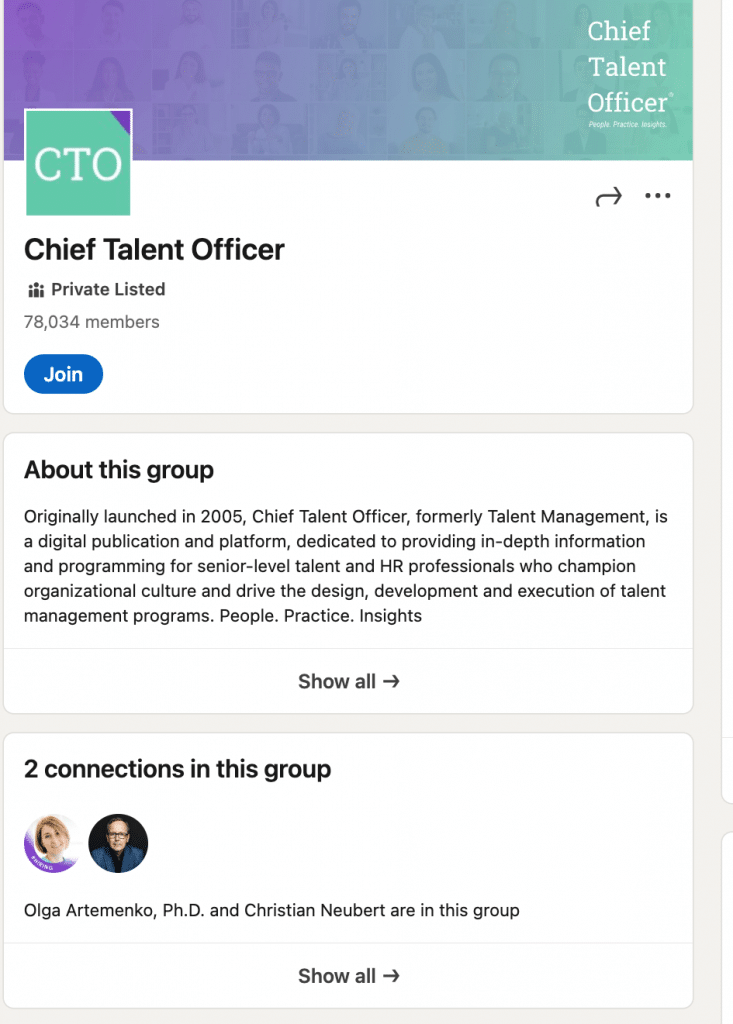
- Indeed has no networking or community features — it’s purely a job board.
This means LinkedIn doesn’t just help you find jobs — it helps you build a network that creates them.
5. Reputation and Personal Branding
One of LinkedIn’s strongest assets is personal branding.
- You can post insights, publish articles, comment on industry discussions, and even earn recognition as a LinkedIn Top Voice or industry influencer.
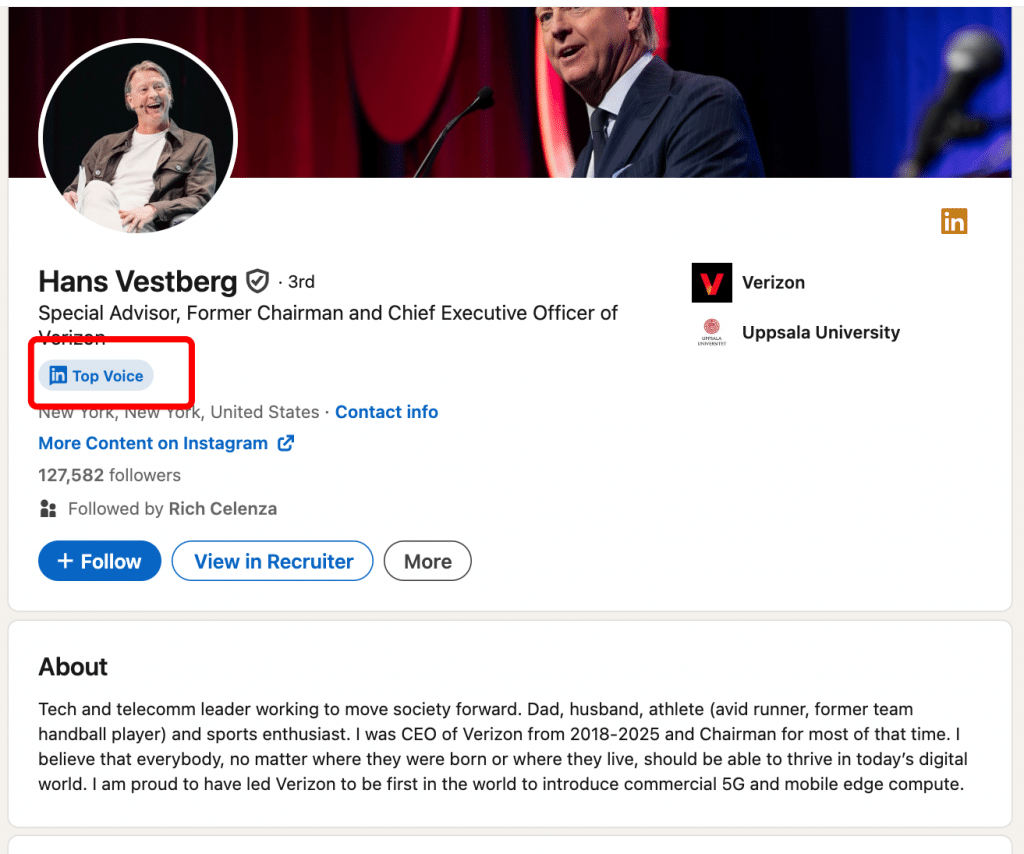
- This builds long-term credibility, visibility, and inbound opportunities.
- Indeed, in contrast, has no public posting, content, or reputation features.
📊 In short:
→ LinkedIn = career reputation and long-term visibility.
→ Indeed = quick access to jobs but little personal exposure.
For Recruiters: Where to Find the Best Candidates?
1. Posting Jobs and Accessing Candidates
| Feature | Indeed | |
| Free Job Posts | Yes (unlimited, limited visibility) | Yes (1 active listing per account) |
| Paid Option | Sponsored Jobs (pay-per-click or per-application) | Promoted Jobs (cost-per-click) |
| Budget Range | From $5/day (~$150/month) | From $10/day (~$300/month typical) |
| Recruiter Tools | Job posting dashboard | LinkedIn Recruiter, Talent Insights, Employer Branding |
| Visibility Boost | 3× more views for Sponsored Jobs | 3× more qualified applicants for Promoted Jobs |
| Best For | High-volume, entry-to-mid-level hiring | Mid-to-senior-level, professional recruiting |
Indeed centers around job posting and visibility, helping employers reach a broad and active pool of applicants.
- Recruiters can post jobs for free, but these listings lose visibility over time.
- To maximize reach, employers use Sponsored Jobs, which follow a performance-based model — you pay per click or per application.
- Budgets typically start from $5/day or around $150/month, and listings stay live until paused.
- This model gives full control over spending and is ideal for companies needing a quick applicant flow and flexible hiring budgets.
✅ In short: Free to post, pay to boost — Indeed’s pricing revolves around visibility and performance.
LinkedIn, in contrast, offers advanced recruiter tools designed for relationship-based hiring.
- Employers can create one free job post per account, visible in search results and among connections.
- Promoted Job Posts appear higher in search results, reach up to 3× more qualified applicants, and include mobile alerts, smart recommendations, and priority placement.
- LinkedIn also offers Recruiter, Recruiter Lite, and Talent Insights for proactive sourcing and data-driven hiring.
- Search and staffing firms are required to use Promoted Job Posts or Job Slots, ensuring fairness and better candidate visibility.
💡 In short: Free for limited use, but paid tools on LinkedIn enable precision targeting and strong employer branding.
2. Active vs. Passive Candidate Sourcing
When comparing LinkedIn vs Indeed job hunting comparison, the most critical difference lies in how each platform connects employers with talent.
Indeed caters mainly to active job seekers — people who are actively searching and applying for jobs right now. Employers post listings, and candidates apply directly through the platform or via company websites.
This makes Indeed perfect for fast-moving hiring cycles, seasonal recruitment, or high-volume hiring across industries like retail, hospitality, and logistics.
In contrast, LinkedIn offers access to a broader talent pool that includes both active and passive candidates — professionals who may not be actively job hunting but are open to new opportunities.
With LinkedIn Recruiter and other premium tools, hiring managers can:
- Use advanced filters (by skills, experience, industry, or location).
- Identify professionals with the “Open to Work” badge — a green ring visible on profile photos that signals availability for new roles.
- Contact prospects directly through InMail, which often leads to higher response rates than standard job boards.
- Assess candidates based on mutual connections, endorsements, and content activity, helping recruiters evaluate both expertise and cultural fit.
Top-level executives like CEOs and other managers usually don’t look for jobs themselves — jobs find them. Since there are far fewer strong leaders than regular employees, the competition among recruiters for these candidates is intense.
That’s why it’s a big advantage that with LinkedIn, managers can use automation tools like Linked Helper, which help recruiters save time, reach candidates faster, and build connections more efficiently.
This makes LinkedIn particularly effective for targeted, relationship-based recruiting — ideal when you want to engage top performers who aren’t browsing job boards daily.
✅ In short:
- Indeed helps reach active applicants ready to respond immediately.
- LinkedIn empowers recruiters to engage passive talent through personalized outreach and professional insights.
3. Candidate Quality and Relevance
When analyzing Indeed vs LinkedIn job search platform comparison, one of the most important factors is the quality and relevance of candidates each platform delivers.
LinkedIn consistently provides higher-quality candidates for corporate, IT, finance, marketing, and executive roles. Because it’s both a professional network and recruiting platform, users showcase detailed profiles with verified experience, skills, and recommendations. This transparency allows recruiters to evaluate not just qualifications but also career progression and cultural fit, making LinkedIn ideal for professional and white-collar recruiting.
LinkedIn’s smart matching algorithm helps improve job search effectiveness, showing postings to professionals whose experience and industry background align with the role. As a result, recruiters receive fewer but better-matched applicants, improving efficiency and reducing screening time.
Indeed, in contrast, performs best in high-volume recruiting for entry-level, blue-collar, or hourly positions. It attracts millions of active job seekers searching for new opportunities daily. However, since many candidates apply broadly, recruiters often receive a larger but less targeted pool, requiring more manual screening.
✅ In short:
- LinkedIn: Best for specialized, professional, or leadership positions where candidate quality is key.
- Indeed: Best for fast, high-volume recruiting across industries like retail, logistics, or hospitality.
4. Cost and Recruiting ROI
When comparing Indeed vs. LinkedIn for employers, one of the clearest distinctions lies in the pricing model and resulting recruiting ROI.
- Indeed Pricing Model
Indeed uses a pay-per-click (PPC) or pay-per-application structure.
- You can post jobs for free, though free listings lose visibility over time.
- Sponsored Jobs receive premium placement in search results.
- Budgets typically start from $5/day or $150/month, and you pay only when candidates engage.
- Posts remain live until paused, offering complete budget flexibility.
This makes Indeed ideal for businesses hiring quickly or in bulk, especially when cost control and flexibility are important. Its performance-based system ensures you only pay for visibility or applications, giving clear ROI metrics.
- LinkedIn Pricing Model
LinkedIn relies on a subscription-based model focused on long-term recruiting tools.
- Free job posts are available, but limited to one active listing per account.
- Promoted Job Posts and Job Slots deliver higher visibility and better-matched applicants.
- The LinkedIn Recruiter plan (starting around $835/month) offers advanced search filters, unlimited candidate access, and direct messaging via InMail.
While LinkedIn’s costs are higher, it delivers stronger ROI for strategic and senior-level recruiting, thanks to better candidate targeting and engagement.
✅ In short:
- Indeed: Free to post, flexible pay-per-click model — great for high-volume or short-term hiring.
- LinkedIn: Higher upfront cost, but premium tools and better-quality hires for long-term ROI.
The Verdict: When to Use Indeed vs. When to Use LinkedI
After analyzing the Indeed vs LinkedIn job search platform comparison, the best choice depends on your career goals or hiring needs. Each platform serves a different purpose — one prioritizes reach and volume, the other quality and connections.
✅ Use Indeed if you are:
- A job seeker exploring opportunities across many industries — including manufacturing, retail, hospitality, or services.
- Someone who wants to apply quickly to a large number of roles using an easy, one-click process.
- A recruiter focused on high-volume hiring for entry-level, blue-collar, or seasonal positions, where speed and applicant flow matter most.
- Looking for cost-effective job postings using a pay-per-click model that fits flexible budgets.
Indeed excels in fast-paced job searches and high-volume recruiting where visibility and quantity take priority.
Use LinkedIn if you are:
- A professional in IT, marketing, finance, management, or creative industries who wants to stand out with a polished, professional profile.
- Focused on building your personal brand, expanding your professional network, and engaging with companies and peers.
- A recruiter searching for mid-to-senior level talent, or specialized professionals using LinkedIn Recruiter, Job Slots, and Promoted Job Posts.
- Interested in long-term recruiting ROI, where candidate quality and fit are more important than sheer volume.
LinkedIn is the best choice for relationship-based hiring, career growth, and strategic recruiting.
Frequently Asked Questions (FAQ)
Can I find a good job using only one platform?
Yes — both platforms can work independently, depending on your goals. Indeed offers a massive database of listings across industries, ideal for quick, high-volume job applications. LinkedIn, on the other hand, is more effective for professional roles and career growth through networking.
➡️ If your goal is to apply fast, choose Indeed.
➡️ If you want to build relationships and reputation while job hunting, use LinkedIn.
Is it worth paying for a LinkedIn Premium subscription?
LinkedIn Premium can be worth it if you’re actively seeking mid- to senior-level roles or want to connect with hiring managers directly. It lets you:
- See who viewed your profile.
- Message recruiters with InMail.
- Gain access to LinkedIn Learning courses.
For entry-level job seekers, the free version is usually enough. Premium mainly benefits professionals in competitive industries or those building a personal brand.
Which platform is better for finding remote jobs?
Both offer remote job listings, but Indeed typically has a larger volume of remote opportunities, including part-time and freelance roles. LinkedIn focuses more on full-time, white-collar remote jobs, especially in tech, marketing, and finance.
➡️ Use Indeed for broad remote searches.
➡️ Use LinkedIn for career-level remote positions with verified employers.